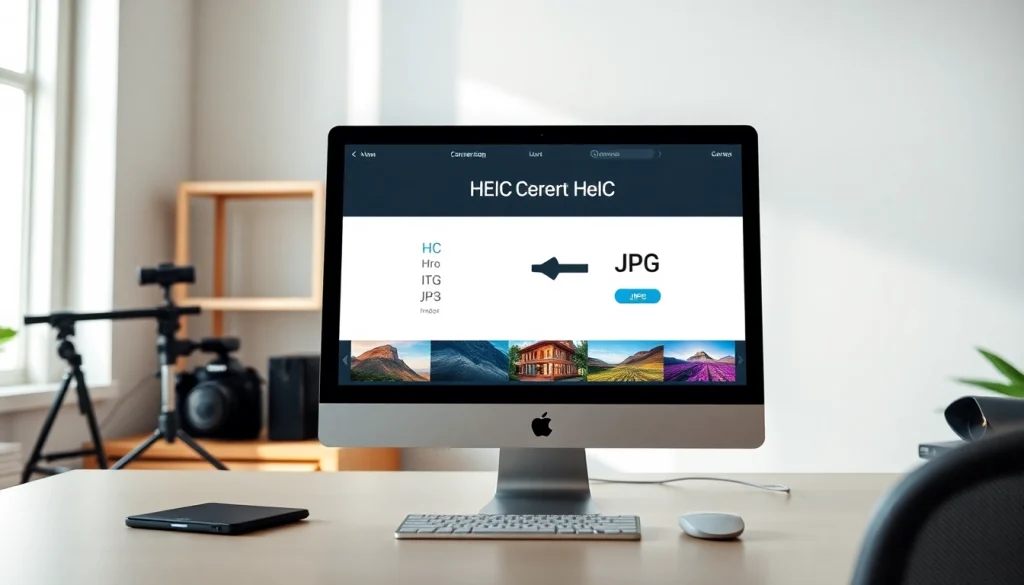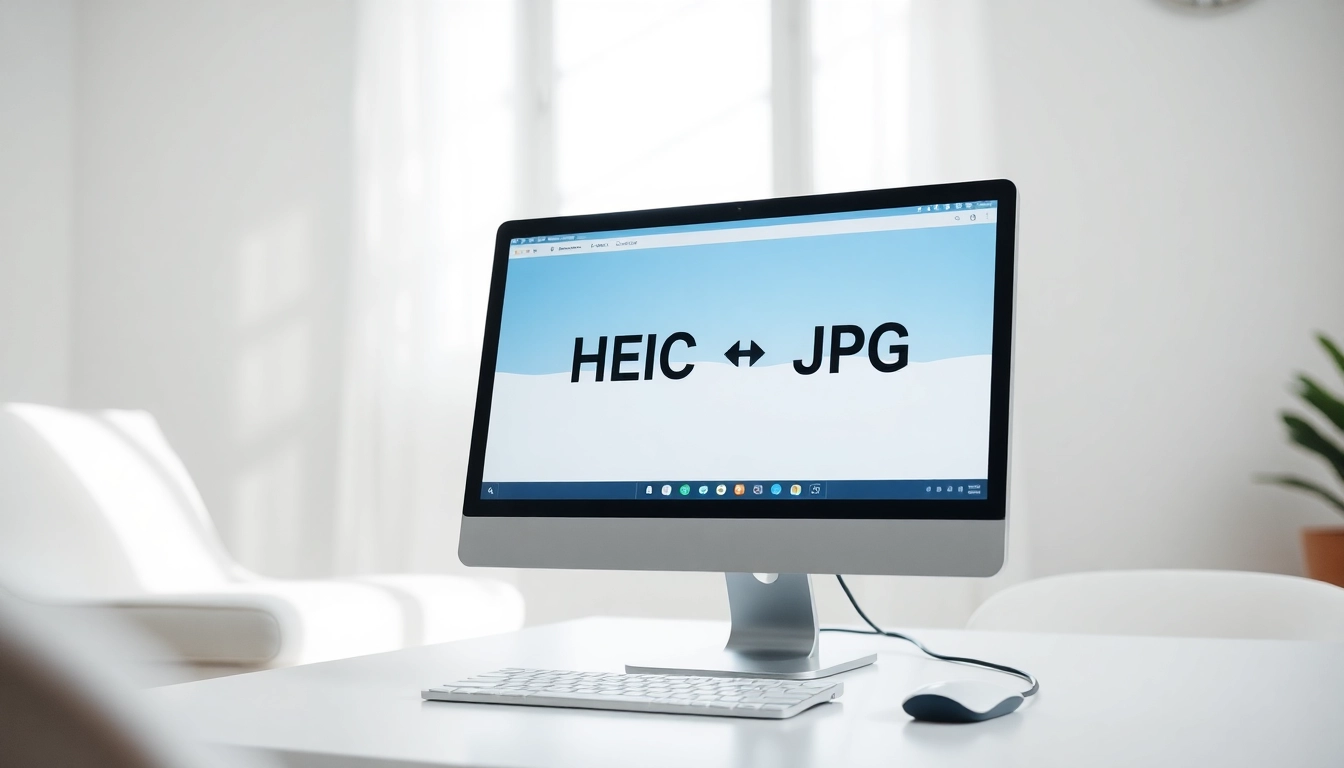In the ever-evolving digital world, images are one of the most powerful ways to communicate and capture memories. With the introduction of the HEIC format by Apple, photo storage and quality have taken a leap forward. However, not all platforms and devices support HEIC, which is why converting HEIC to JPG remains essential for many users. JPG is one of the most widely accepted formats, offering great compatibility without significantly compromising on quality. If you want high-quality image conversion while maintaining the integrity of your photos, using a reliable HEIC TO JPG converter is the key.
Understanding the HEIC Format
HEIC, which stands for High-Efficiency Image Container, was developed to store images in smaller file sizes while preserving outstanding detail and clarity. This format has quickly become the default for Apple devices, thanks to its efficiency in handling storage space. However, despite its benefits, HEIC files often encounter compatibility issues on non-Apple platforms, older software, and certain online applications. This is why converting HEIC to JPG is such a common requirement for users who need to share, edit, or publish their photos without restrictions.
Why JPG Is Still the Most Popular Format
JPG has been around for decades and remains the preferred format for web content, social media, and cross-platform sharing. It is supported by virtually every operating system, browser, and application, making it the go-to choice for universal access. By converting HEIC to JPG, you ensure your images can be viewed and used anywhere, from smartphones to PCs, and from online galleries to print publications. This flexibility is especially important for professionals, marketers, and content creators who cannot afford to lose time dealing with compatibility problems.
The Importance of High-Quality Conversion
When converting HEIC to JPG, quality should never be compromised for the sake of convenience. A good converter will preserve the fine details, accurate colors, and sharpness of the original image while ensuring the file size remains manageable. High-quality image conversion is crucial for photographers, designers, and anyone who values the visual integrity of their photos. Low-quality conversions can result in blurry textures, pixelation, or dull colors, all of which diminish the impact of your images.
How Professional Tools Ensure Quality
Professional-grade HEIC to JPG converters use advanced algorithms to ensure the transition between formats is smooth and accurate. They can process large batches of images without sacrificing detail, making them ideal for high-volume work. These tools also often allow users to customize output settings, such as image resolution, compression levels, and color profiles. This level of control ensures that you can tailor the final JPG file to your exact needs, whether that’s for a print-ready design or a web-optimized upload.
Batch Conversion for Large Projects
For those handling hundreds or even thousands of images at once, batch conversion is a lifesaver. Instead of converting files one by one, a batch HEIC to JPG process allows you to process an entire folder of images in one go. This not only saves hours of work but also guarantees consistency across all your files. For instance, if you’re preparing a wedding photo album, product catalog, or online store gallery, batch conversion ensures every image matches in size, resolution, and quality.
The Role of Speed in Image Conversion
While quality is a top priority, speed also plays a vital role in HEIC to JPG conversion. A slow tool can interrupt your workflow and delay important projects. High-speed converters are optimized to handle both single and batch processes efficiently. This means you can have your files ready within seconds, even when dealing with large image libraries. This combination of speed and quality is what sets the best converters apart from average ones.
Online vs. Offline Conversion
There are two main ways to convert HEIC to JPG: online tools and offline software. Online converters are ideal for quick, one-off conversions and can be accessed from any device with an internet connection. They are especially convenient when you’re away from your primary computer. On the other hand, offline software is perfect for regular use, high-volume projects, and scenarios where internet access is limited or where privacy is a concern. Both options have their place, and choosing the right one depends on your specific needs.

Privacy and Security Considerations
When dealing with personal or professional images, privacy is a serious consideration. Many online HEIC to JPG converters now implement secure encryption and automatic file deletion to protect your data. However, for highly sensitive images, offline conversion tools are often the safer choice, as they process everything locally without uploading files to external servers. Whichever method you choose, always make sure the converter you use has clear privacy policies and trustworthy security measures.
Mobile-Friendly Conversion Tools
With most photos being taken on smartphones today, mobile-friendly HEIC TO JPG tools have become increasingly popular. Many apps offer quick conversion options directly on your phone, allowing you to edit, share, and post your images on the go. Whether you’re a travel blogger updating your audience in real time or a business owner sharing product photos instantly, mobile conversion tools offer flexibility and convenience without compromising quality.
Future of HEIC and JPG Formats
As technology evolves, HEIC may become more widely supported across all devices and platforms. This could reduce the need for frequent conversions. However, for now, HEIC to JPG conversion remains an essential step for many users who value both compatibility and high-quality results. Even in the future, JPG is unlikely to disappear entirely, as it has been deeply embedded in web standards, design workflows, and general digital use for decades.
Making the Right Choice for Your Needs
Ultimately, the best HEIC to JPG converter is one that offers a perfect balance between speed, quality, and convenience. Whether you prioritize high-resolution results, privacy protection, or batch processing, there’s a tool out there designed for you. By choosing wisely, you can ensure that every image you convert maintains its visual impact while becoming accessible across all the platforms you use.



